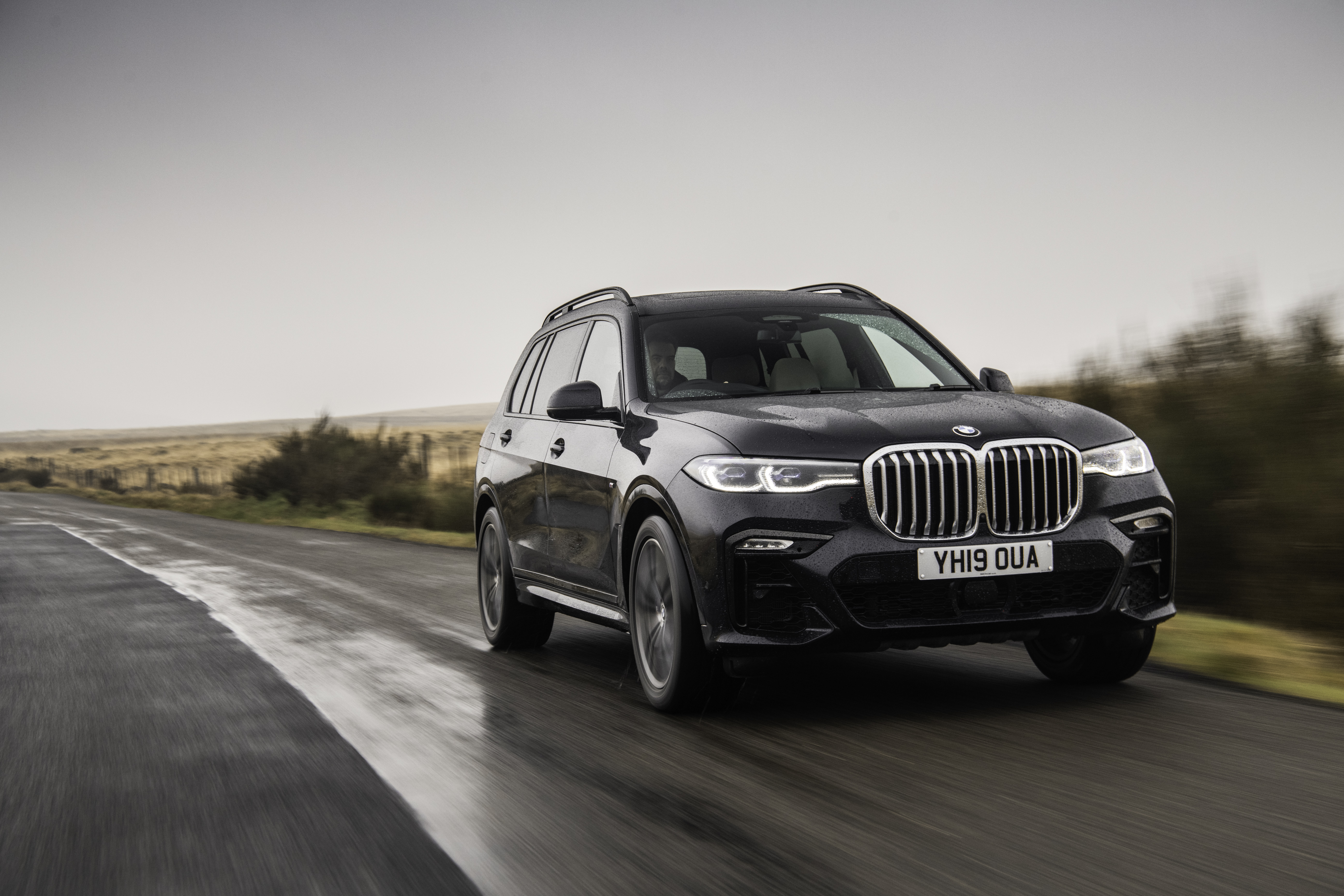What is it?
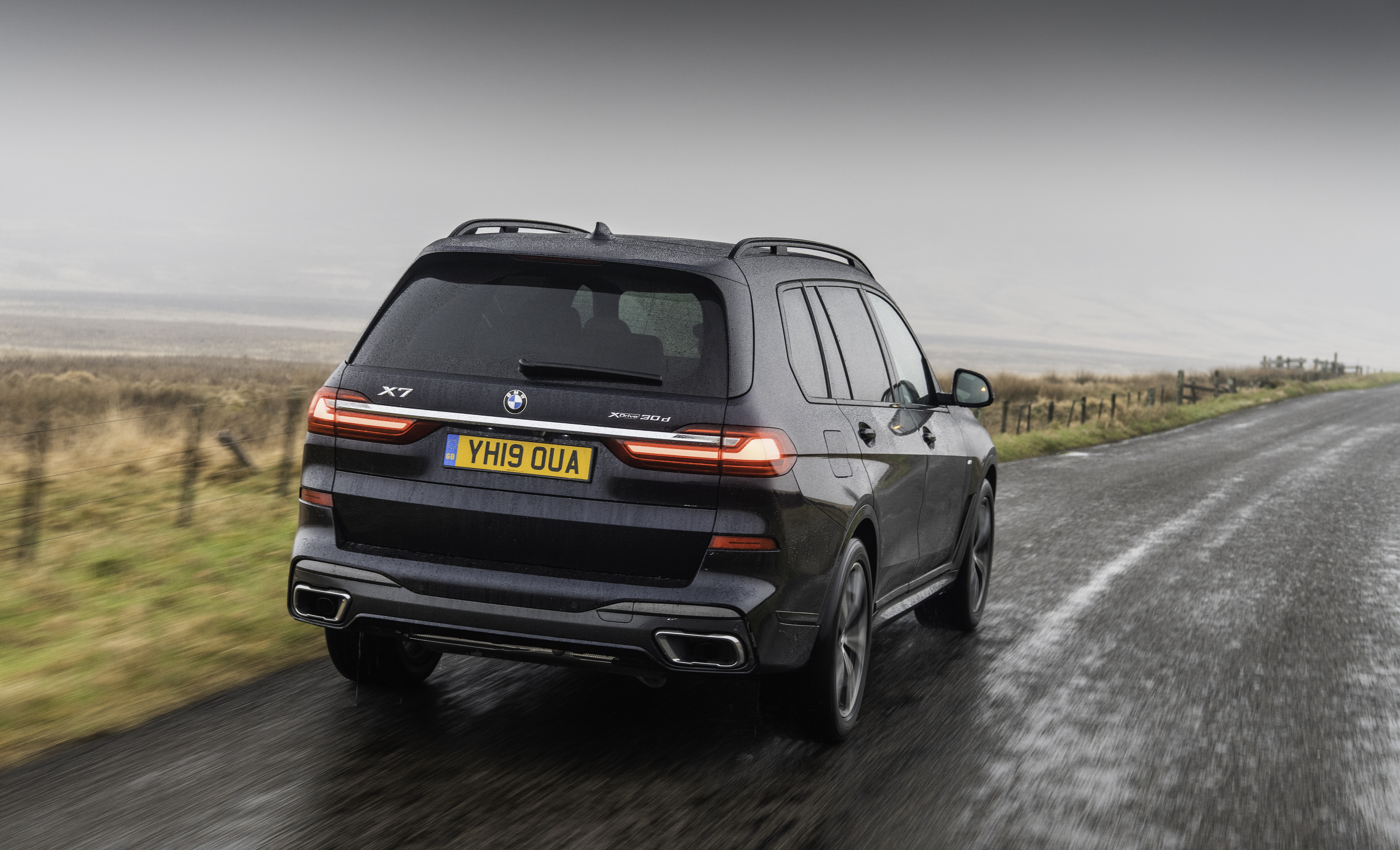
BMW has long been an established contender in the SUV market. Since the X5 debuted in 1999, it’s gone on to become one of the recognisable faces in the premium large car segment which has gone on to spawn a series of niche-busting X cars.
There is one part of the SUV market it has been notably absent from — and that’s the very top end of it. Land Rover may have that cornered with the Range Rover, but now BMW is having a crack at it with this, the X7.
What’s new?
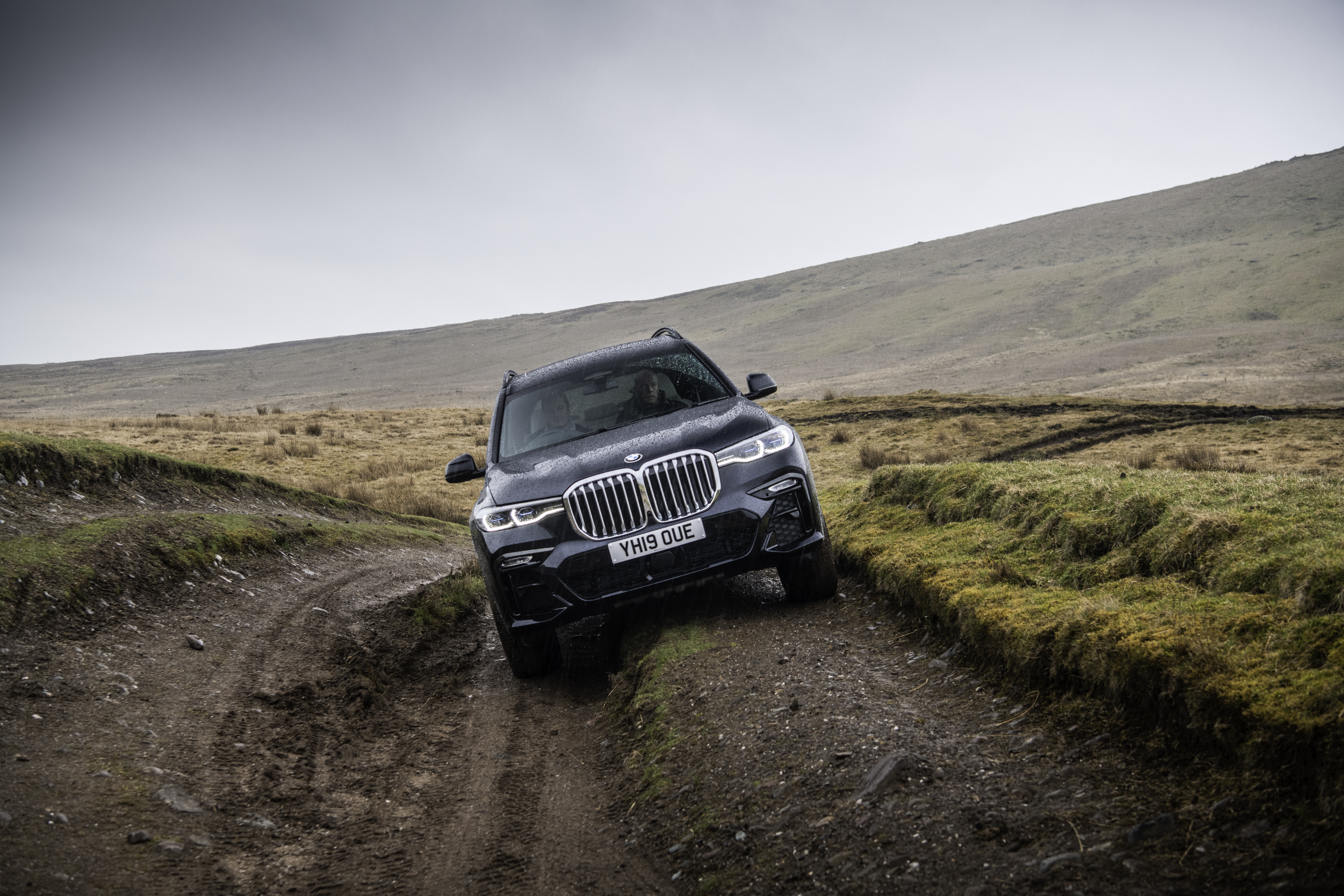
Now, BMW is keen to point out this isn’t just a bigger X5 — think more 7 Series that can also cover the muddy stuff if need be.
That it can do, in no small part thanks its standard all-wheel-drive system, but this is first and foremost a luxury cruiser — as well as the first seven-seater SUV from BMW. Plus, being just over five metres long, two metres wide and 1.8 tall, it’s comfortably the biggest car the brand has ever marketed.
What’s under the bonnet?
Can't tell you how this is just yet, just know it's gotten muddy. pic.twitter.com/kp1Kv8xmXe
— Ryan Hirons (@RyHirons) April 11, 2019
From launch, two diesels and a petrol are on offer for the BMW X7, and it’s the latter we’ve got behind the wheel of. It’s the firm’s tried-and-tested ‘40i’ offering — a 3.0-litre, turbocharged straight-six engine.
It produces 335bhp and 450Nm of torque, delivered to all four wheels via an eight-speed automatic gearbox. The result is 0-60mph in 5.9 seconds, with a top speed of 152mph possible. As for efficiency, BMW says it’ll manage 24.6-24.8mpg on the combined WLTP cycle, with emissions weighing in at 198g/km.
It’s a unit that’s remarkably smooth in smaller cars — and fortunately that remains the case here. Power delivery remains consistent all through the rev range, and the gearbox is just as seamless in its shifts. There are minor complaints in the refinement department when pressing on, though at a cruise there’s barely a whisper from the unit.
What’s it like to drive?
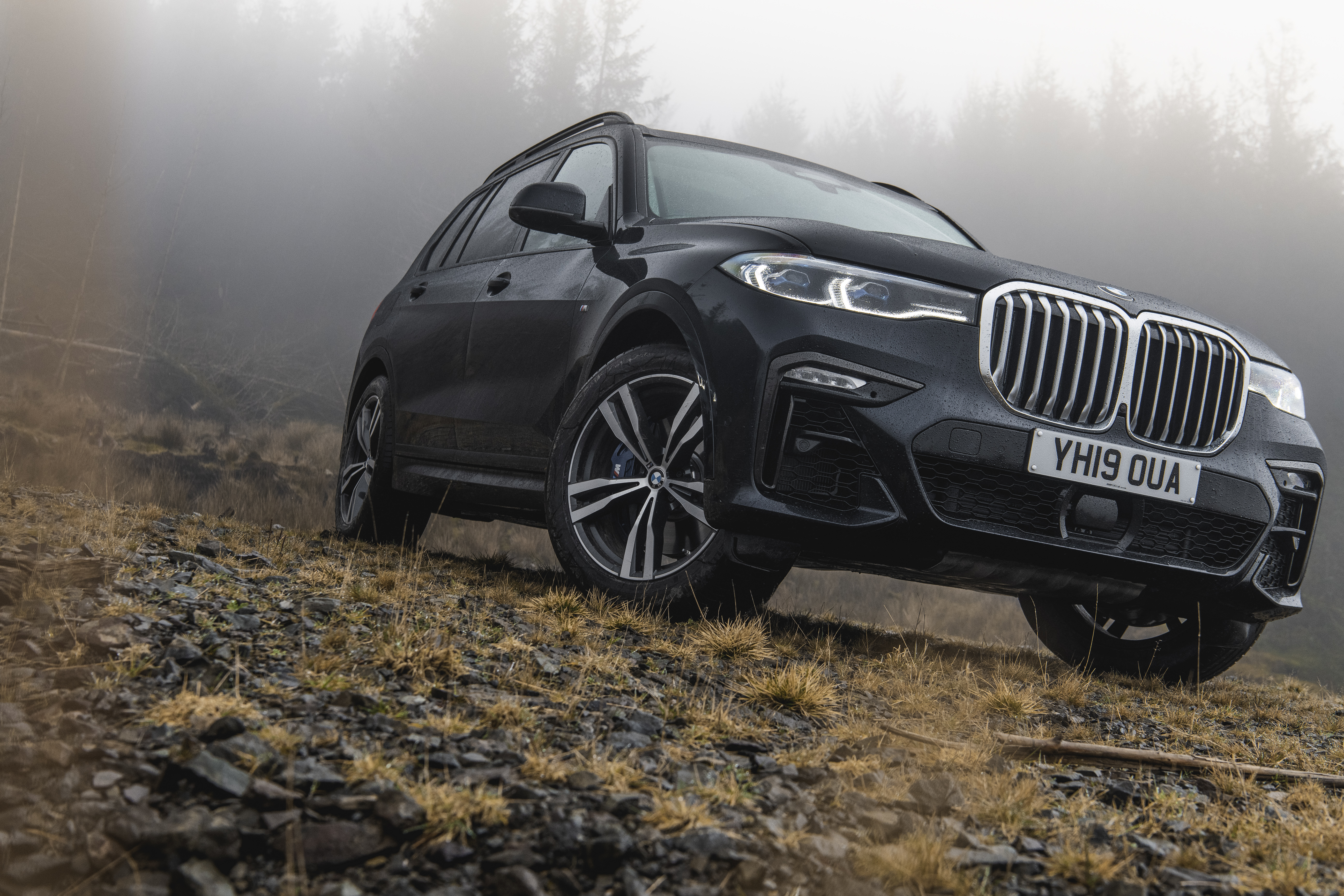
Considering this is the largest car BMW has ever offered, the X7 does a remarkable job of hiding its weight. It offers a more involving drive than its key rival in the Range Rover, and certainly feels more agile in all scenarios too.
It’s when covering motorway miles the X7 really shines, though. With a supple ride, near enough silent and comfortable cabin, it makes the prospect of a multi-hundred-mile journey quite pleasing — although we opt for the 30d in this case so less time is spent at the pump.
Taking on the town is surprisingly easy too — though it is still a massive car, which is when its array of parking aids and cameras come in to make life that little less stressful.
How does it look?
We’ll be honest, the styling of the BMW X7 is something of an acquired taste. Up front, there’s the unmissable — and most divisive — huge front grille, flanked by thin LED headlights, while taking the long walk around to the rear reveals a taillight assembly almost mimicking that of the 7 Series saloon.
It’s definitely more appreciable in the flesh — with its design details looking much more proportionate in the flesh than photos would lead you to believe — though it’s certainly an outlandish design regardless.
What’s it like inside?
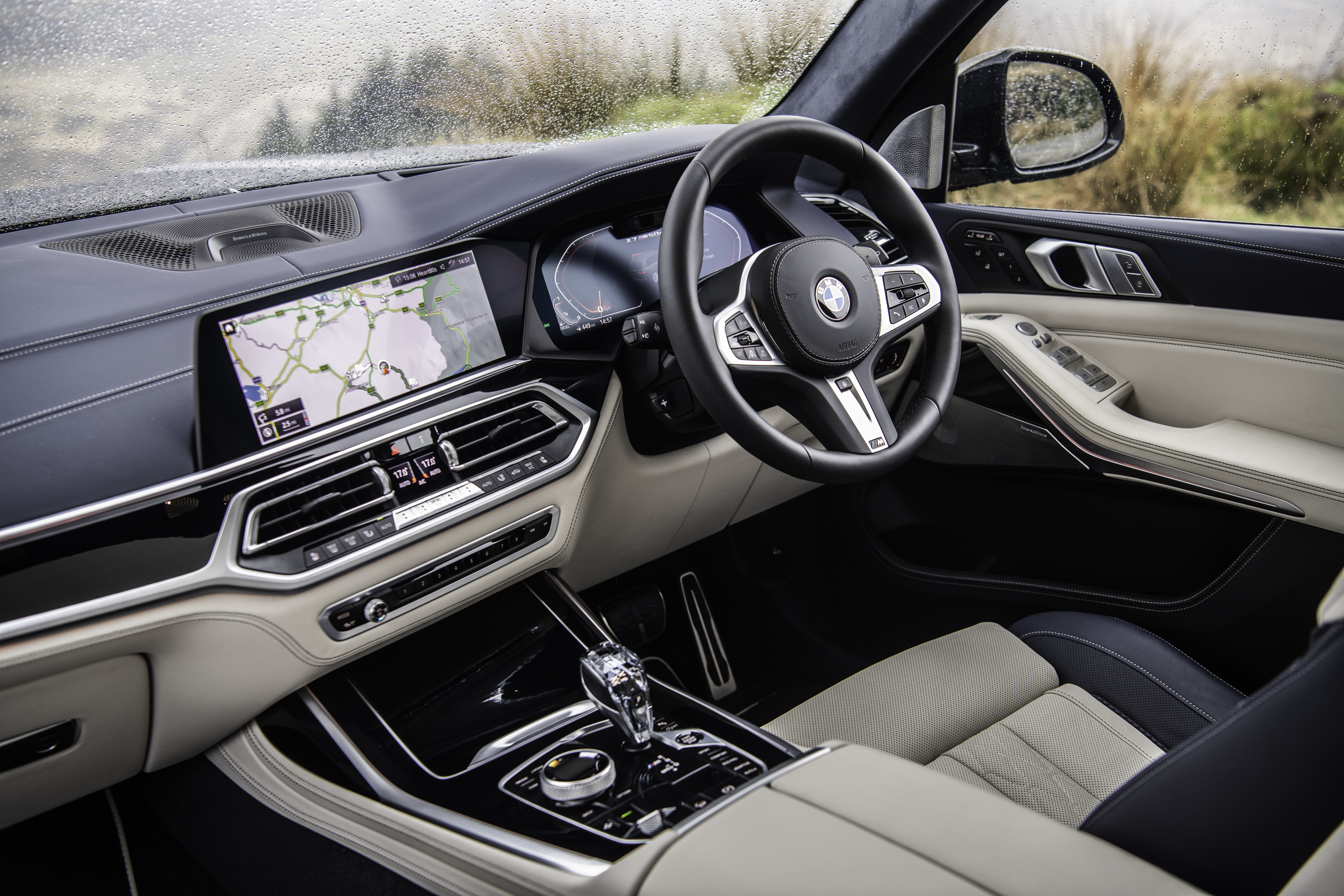
When forking out £70k+ out for a luxury SUV, you’d expect a lush cabin right? Well, that’s certainly the case with X7. It’s emblazoned in leather and real wood trimming, with supremely comfortable seats and bags of room for all seven occupants. Yep, that third row is actually liveable with — even for a full-sized adult.
The thing with the interior, though, is it’s still missing that sense of occasion that the Range Rover delivers, that feeling that ‘yes, I am the class above, I look down on everyone within a five-mile radius’ that a number of buyers of these cars tend to be after. It’s all very functional and well put together, but it could do with a little more flair.
With all seven seats in space, it offers a somewhat respectable 326 litres — about as much as any family hatchback, just with the ability to carry more of the family — and rises to 2,120 with rows two and three put flat.
What’s the spec like?
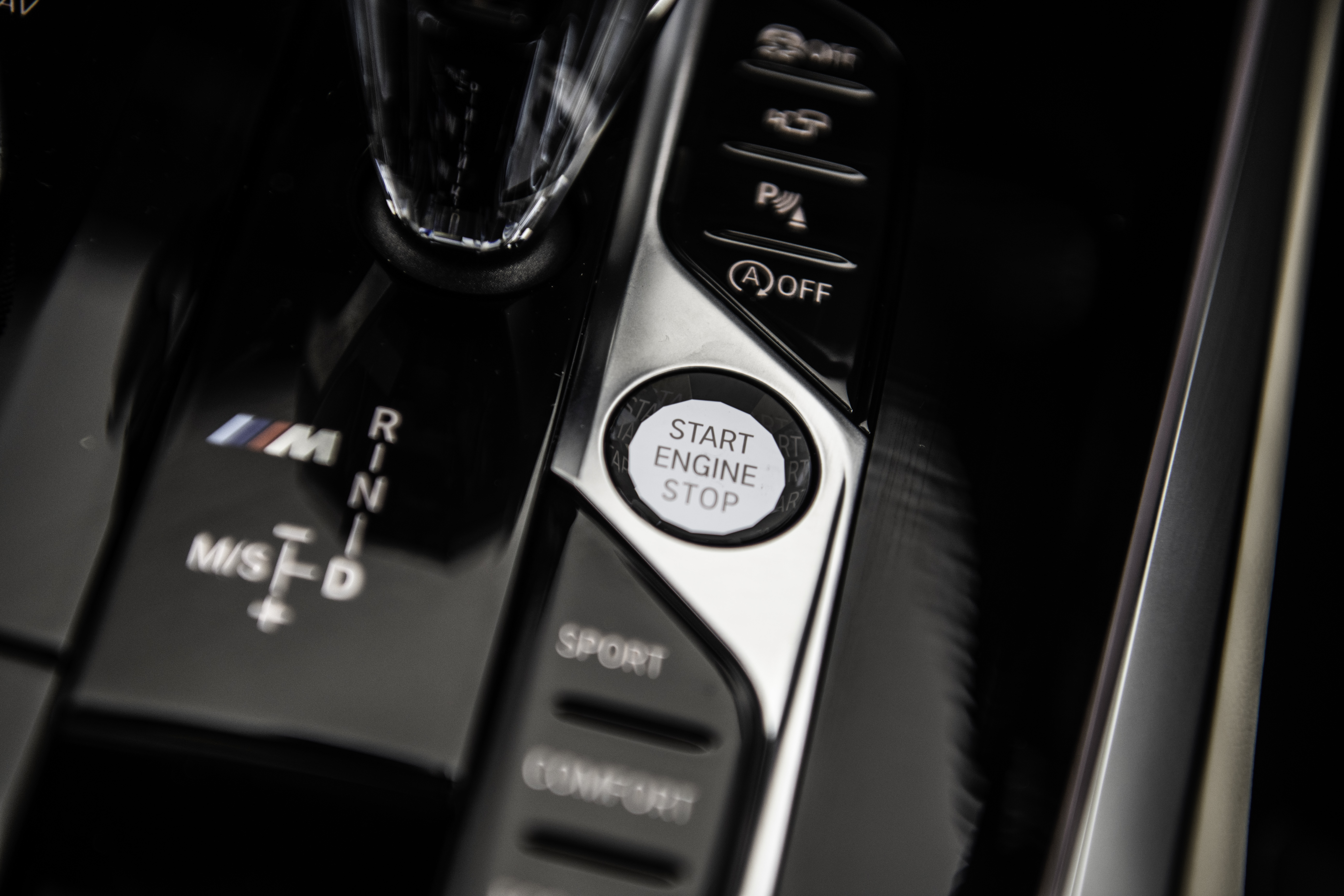
Standard equipment is generous on the BMW X7. Its £74,195 starting price in 40i guise brings with it luxury highlights such as adaptive LED headlights, 21-inch alloy wheels, four-zone climate control, ambient interior lighting, an electrically-adjustable steering wheel and seats, plus BMW’s Digital Live Cockpit that consists of its iDrive system and 12.3-inch digital instrument display.
There’s also a plethora of safety and assistance gear thrown in like cruise control, autonomous emergency braking, BMW’s Parking Assistant Plus package and rain-sensing wipers.
Of course, you could comfortably knock the price of the car into the £100k ballpark with a generous ticking of the options list but it offers a respectable amount of kit at a price that means its undercuts the Range Rover — crucial to getting would-be buyers to lay the wallet down.
Verdict
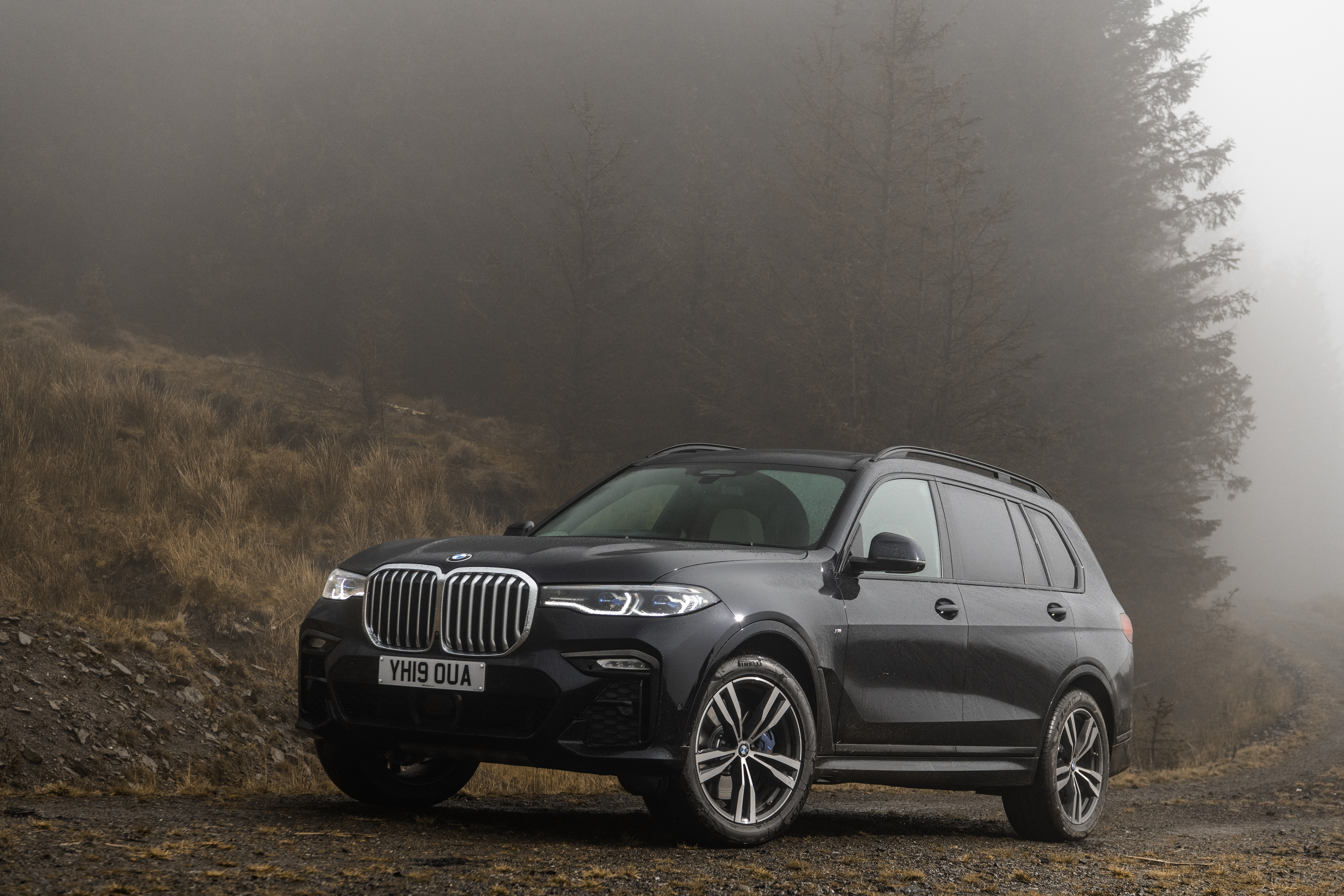
BMW knows how to build a good and proper SUV, and it’s showcased that in the X7. It’s presented a genuine Range Rover alternative that undercuts its British rival just enough on price to be noteworthy, while presenting a more engaging driving experience and some actual off-road ability too (we had a brief trip across the mud with an instructor, who stated it was ‘on par’ with the Brit).
That said, there’s a desire for a bit more flair from the X7 and its looks are not what most will describe as ‘elegant’ — which may result in a struggle to poach Range Rover buyers.

